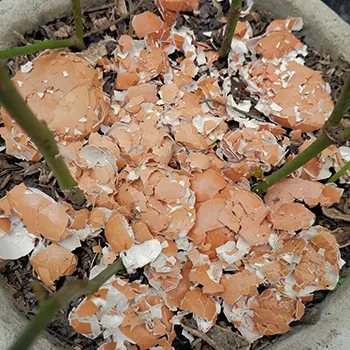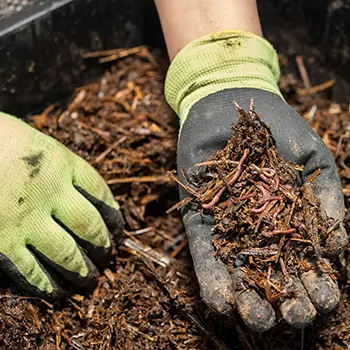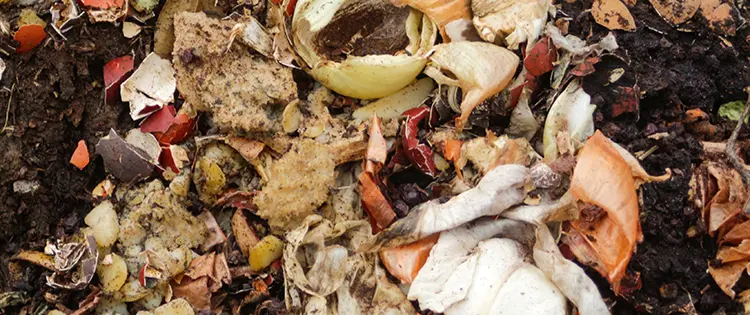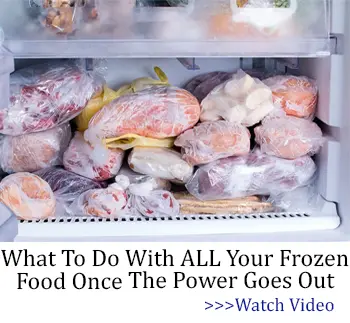Composting will save the world, your garden, and even your budget. You read that right; composting will save the world and I’d love for you to be a part of it!
With top soils failing in many heavy-use agricultural areas and animal-made fertilizers dripping into drinking water (and causing a big pain getting it out), compost is becoming the number one fertilizing agent to use for the modern gardener. Why? How? And what should you let sit out and rot away to become yummy nutrients? Let’s get started.
The Dos
There are two major types of compost: brown and green. To suitably maintain a healthy ecosystem within your compost, you’ll need to balance these major groups at levels that pertain to the amount of moisture and the amount of heat you’re getting.
Let’s say you live in zone 6 and you’re in the middle of winter. Adding a lot of dead, dry matter (brown) is going to take forever to break down and become something useful. The exception here is if you’ve chopped it up and put it in a warm garage or barn (which has its own safety hazards; compost CAN catch on fire even if carefully maintained though it is not as worrisome as wet hay) throughout the season. This naturally encourages beneficial bacteria and bugs to continue their work throughout the chillier part of the year.
However, since the vast majority of you don’t have that kind of setup (I don’t, either), we’re working on this from a cold standpoint. It’s freezing. Your compost needs to be fed. What on earth do you give it?
Fresh egg shells (or baked ones crushed into a powder), and “green” items from within your home. This can even be poultry or rabbit droppings since the winter will take out the nitrogen from the poultry shavings and the rabbit droppings rarely need to be composted to be useful; it’s simply easier to use them if they’re already broken down.
Related: Vinegar+eggshells =?
The biggest difference between “green” and “brown” additives to your compost is if they still contain a significant amount of moisture. A rotten banana or zucchini from your refrigerator is adding a much different thing to your compost than chopped, dry corn stalks.
During warmer weather that is very wet, you’ll want to go a little easier on the green additives and heavier on the brown stuff. Why? An overly-wet pile of compost is no better than an overly-dry pile of compost. Check with your local gardening club to find out what sort of moisture content you want for your exact zone, but most areas prefer 0-15% moisture for premium compost.
So, what do you actually toss in your compost pile? Start off with a small layer of plain old garden soil. If it isn’t chilly where you are, toss in some compost worms and add your first green additives: vegetable peels (no onions, garlic, potatoes, peppers, eggplants, or tomatoes!), whole rotten fruits and vegetables, vegetarian animal droppings (rabbits, chickens, ducks, cattle; don’t use horse), and so forth. Give it a week or two before you turn it and add your first brown additives: soaked and shredded cardboard or newspaper, wood pulp or used animal bedding (no cedar), or dry and chopped dead plants.
The Don’ts
The most important thing that you avoid putting in your compost is meat/meat-based waste.
That’s right. The dog poop septic machine stays. Sorry, guys. This one isn’t up for debate. The waste of predators is usually too “hot” (full of nitrogen) or too riddled with zoonotic bacteria that can make us sick, too, to risk it for compost.
Now, the one exception here is an unfortunate thing to talk about. Sometimes, we lose our livestock. It’s just what happens on a farm. Even the most careful, loving farmer can lose a chicken to a hawk that swoops down or a goat to dystocia or bloat. We do our best, and we talk to our vets, but sometimes they just go.
You can choose to bury a lost livestock animal in your compost pile and, in this way, they can live in your garden and in your farm once they’ve gone back to the earth. Some may recoil at the idea of this; our animal friends deserve a proper grave and I just said that meat is a very bad idea for your compost pile.
Related: DIY Worm Compost Tower
Well, it is when it isn’t (for lack of a better term) “balanced”. No, you can’t throw a raw rotten steak out on your compost pile and expect things to go well. There’s too much phosphorus in that and you’ll throw off a smaller pile’s necessary nutritional balance. You’ll also probably find out that many small predators will try to dig up meat or meat-based items such as the bones from your pork roast. Your pets may also be tempted to root around for those special “treats”.
Generally speaking, unless you’ve had quite a lot of experience with compost, we tend to suggest “vegetarian” compost like the stuff mentioned above in the first section. Leave the carnivorous (or omnivorous) compost to the people who are a little more comfortable with extremer compost.
Your Best Bets
The very best way to start a compost pile is to go out and just do it. Throw down some shredded cardboard, toss some dirt on it, mix it well and soak it down. Leave it alone for a while, then see if anyone needs to do a fridge clean-out in your local area. If they do, wash any fruits and vegetables to get rid of potential pesticides, and toss them in. Add a little more soil or shredded cardboard. Add your beneficial breakdown crew; the insects that will do so much work for you.
If you want, you can invest in a compost bin that has a turning crank. This is like a cement cylinder and you simply turn the canister each time you add 1-3 pounds of fresh waste. They usually come equipped with an air vent or two (usually with a hood so the mix won’t get too wet) and an easy start-up guide for new composters. They aren’t the cheapest things in the world, but they work very well and we can’t recommend them enough. If you have room in your budget, take a look at these and consider giving one a whirl.
Final Thoughts
How do you feel about composting? What are your methods? Is there something that you’re passionate about that you don’t think we’ve covered in this article? We’d love to hear from you. Comment below and, as always, Happy Gardening!
You may also like:
The Succulent Red Plant That Tastes Like Bacon (Video)
11 Ingenious Uses For Eggshells In Your Garden
Livestock Animals You Should Start Raising For The Upcoming Economic Crisis















